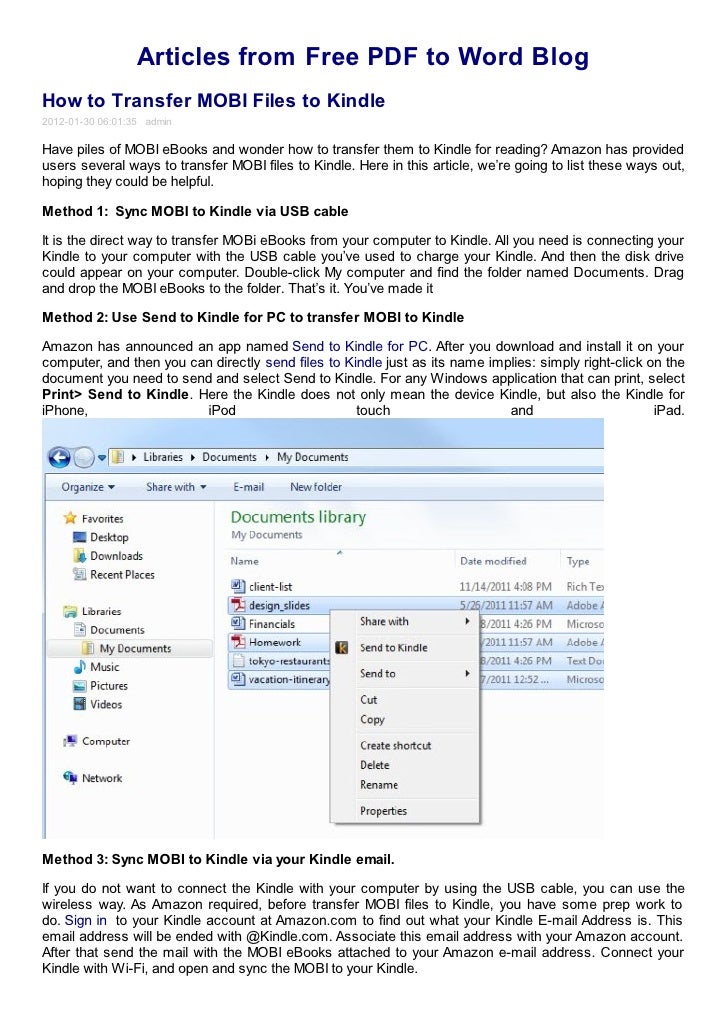

- #KINDLE APP SYNC PDF HOW TO#
- #KINDLE APP SYNC PDF PDF#
- #KINDLE APP SYNC PDF ANDROID#
- #KINDLE APP SYNC PDF PASSWORD#
You just need to find where are you kindle books stored on your PC or MAC and then copy & paste the pdf to the “My kindle content folder”. But you can choose the method 2 which is 100% working.Īdd pdf file to “My kindle content folder”.Īdding pdf directly to the kindle library local storage is an effective method. It will take a few attempts until you get the pdf added. But many users complain that this method doesn’t work sometime. Meanwhile, the pdf will be added to kindle library under PDF tab. Your PDF file will be open with Kindle for PC. Right click on the PDF file, and choose to open the PDF file with Kindle for PC.
#KINDLE APP SYNC PDF HOW TO#
So I will only show you how to add pdf to kindle for pc, but you can copy this steps on mac. The steps for adding pdf to kindle for pc and mac is almost the same.
#KINDLE APP SYNC PDF PASSWORD#
#KINDLE APP SYNC PDF ANDROID#
Xodo has more features - I like using my Chromebook's stylus to scribble notes in the margins - and everything ports well to Okular, and vice versa.įor EPUBs, I use Calibre on Linux and Moon+ Reader Pro on Android / ChromeOS. I have it automatically sync frequently, and the app automatically uploads local changes to the cloud.įor PDFs, syncing the highlights is of course trivial as a reader, I use Okular on Linux and Xodo on Android/ChromeOS. I basically use Dropbox as a back-end, using Autosync for Dropbox (fka Dropsync) on Android and ChromeOS (and the vanilla Dropbox Linux desktop client on Kubuntu) to keep the files synchronized (storing them on SD cards on my phone and Chromebook). It's not very elegant, or FOSSy, but it works reasonably well. I have a jury-rigged system, as I use my 2-in-1 stylus-equipped Chromebook for most of my reading and annotating. I played around with setting up my own CUPS + Avahi server, but getting it to work in docker was a pain, given the native OSX CUPS server was interfering and some other issues. Not sure if it's expected, since iPhone Network Extension can only setup the equivalent of TUN interfaces, not TAP (which is needed for L2 AFAIU). The laptop is sending the packets to the ZeroTier interface, but the phone is not receiving them for some reason. I've installed ZeroTier on phone/mac, and connected them to the network so they can ping each other, but I'm having trouble getting mDNS to work properly. The only thing missing is the ability to get this setup working when my phone is not on WiFi. So when I'm on my wifi, on my phone, I can use the native "Print" functionality to "print to remarkable" via AirPrint on my laptop. I installed Printopia on my mac to host an AirPrint server on my local network, which can share the print extension I created to print to remarkable. Basically, anywhere I can print a PDF, I can print to remarkable the same way. I use this AppleScript trick + rmapi so I can use the native Mac print dialog to print to remarkable.

It's pretty cool to treat the remarkable like real paper that you can print to. I have Mac + iPhone + remarkable, and recently discovered some neat tricks so I can "print to remarkable" from phone or laptop, using native print/AirPrint dialogs.


 0 kommentar(er)
0 kommentar(er)
